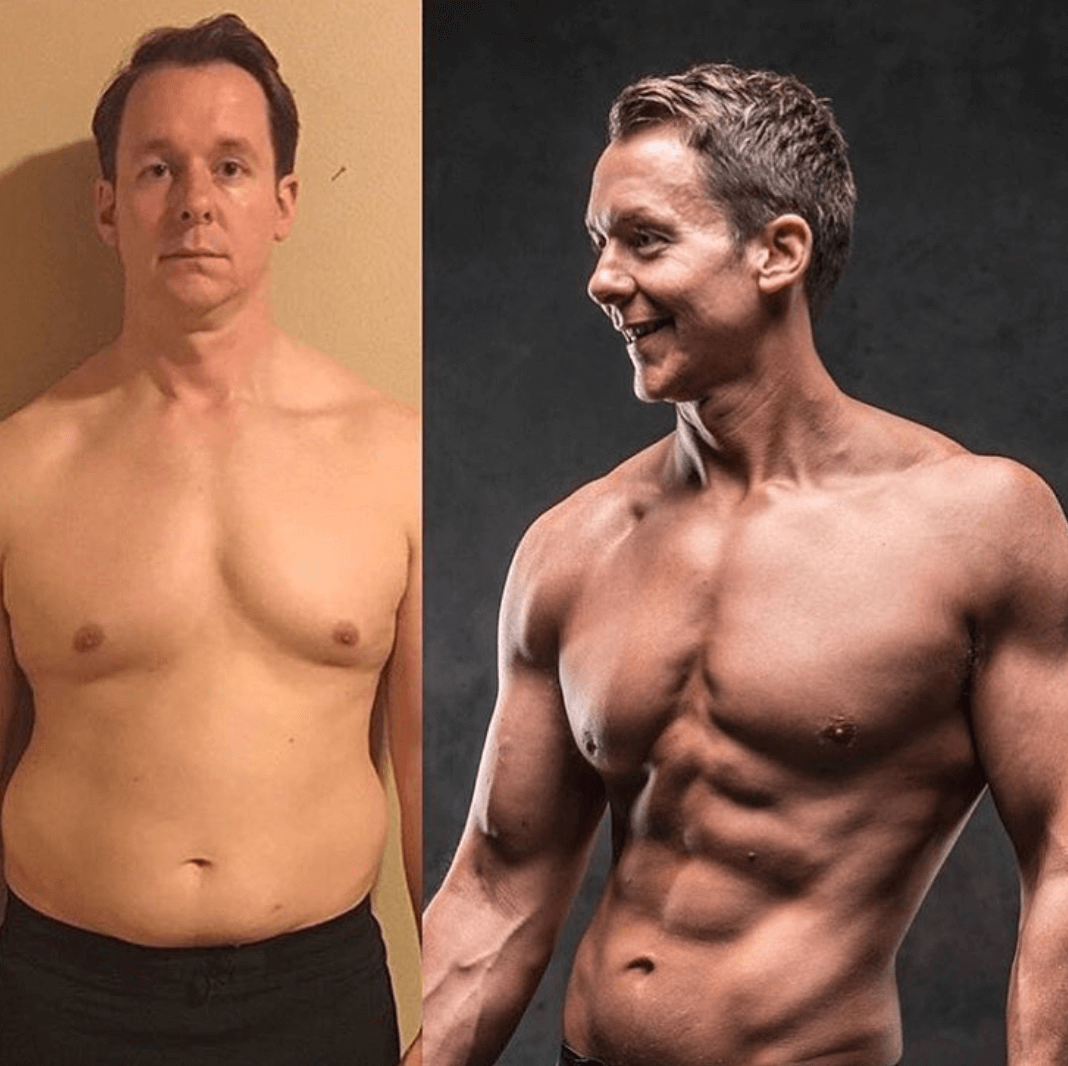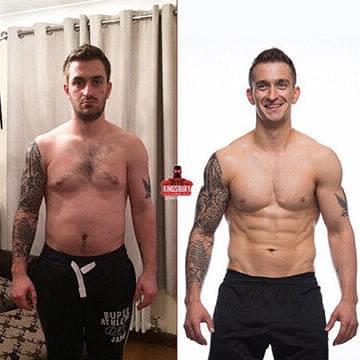I love the Christmas period but as a fitness professional and gym owner it does present certain challenges.
The mass migration of gym members being one of them….
Plus, the general “start in January talk” starting earlier and earlier each year, it seems.
A month of carb loading isn’t essential for January fitness, I hate to be the bearer of bad news. But it just doesn’t work like that.
But does starting in January work?
The new year sees a huge influx of new fitness starters.
When I used to work in big commercial gyms all those years ago the whole gym system relied on the January rush.
I have to admit, a lot of those people who entered in January were never to be seen again.
I personally see the January rush less and less every year. The film industry and actors don’t work on the same schedule, and my online clients are with me long term.
But I am completely aware that the rush comes and goes. People start and stop. But what is the phycology of the New Year’s resolution and why is it so ineffective?
The resolution is an effort to reinvent oneself. We make resolutions to motivate ourselves. Often though a resolution is just cultural procrastination, people simply aren’t ready or committed to change their habits, especially bad habits. They are a nice idea, and a good plan for the future, but often are unrealistic and people are unprepared to follow through, this accounts for the high failure rate.
One of the key reasons people fall off from plans is a lack of perceived progress.
This can be incredibly demotivating and it’s easy to see why people stop when the hard work simply isn’t paying off.
I wanted to provide some tools and tips today to help make your resolution something that you CAN stick to and that does deliver results.
January motivation is short lived.
But the motivation of results can have long lasting effects on consistency and progress.
When it comes to weight gain or getting out of shape people often blame Christmas and the winter months for the bulk of it.
But this approach is long term.
To stay on top of your health and fitness long term, all year, you need one key skill –
- Awareness.
- Awareness of your health.
- Awareness of what you are eating
- Awareness of exercise
- Awareness of balancing your energy
If you struggle to get in shape and stay there then your energy is out of balance.
You are consuming more calories than you require to lose fat. Or too few to gain muscle.
Perhaps you aren’t burning 1200 calories in your spin class, or your portion size is more than you need.
Or
Your gym training isn’t providing the stimulus needed to convince your body it needs more muscle.
Don’t rely on guestimate calorie tracking tools. Or simply eating a “healthy” diet.
A healthy diet can add to the waistline in the same way as an unhealthy diet can. If you have energy from your food left over you will store it. If you reward your workouts with high calorie treats you can easily counterbalance the calories burned, this happens far more easily than you might imagine.
Practical application
– Set yourself goals – What is a healthy weight for you? What weight would you like to be? When do you want to be there?
– Understand the calories you need each day to achieve your goals (You can do this here for FREE)
– Commit to an exercise schedule and start today
– Be more active – the usual, walk more and generally increase activity
– Get organised with healthy eating. Create a shopping list of healthy ingredients and cook some healthy meals. Having them there will make keeping healthy far easier
– Create positive lifestyle habits – avoid quick fixes, crash diets and unstainable schedules
– Enjoy it. Follow and exercise routine you enjoy. Eat foods that are healthy and delicious.
Get started now and you can still make progress in January and beyond, even with an occasional few extra calories.
Don’t let the fact that your nutrition isn’t going be perfect stop you from eating and being healthy in the first place. Perfect isn’t necessary. You just have to get going and be consistent.











